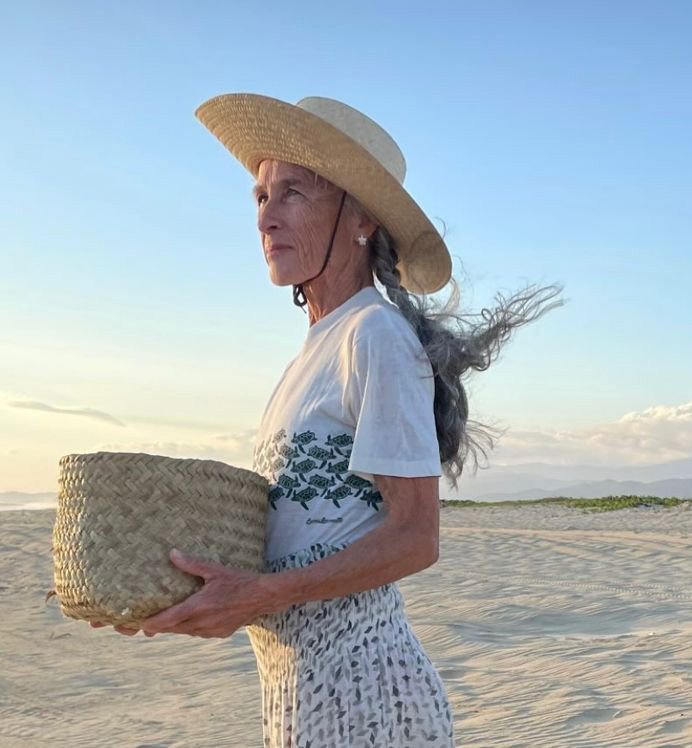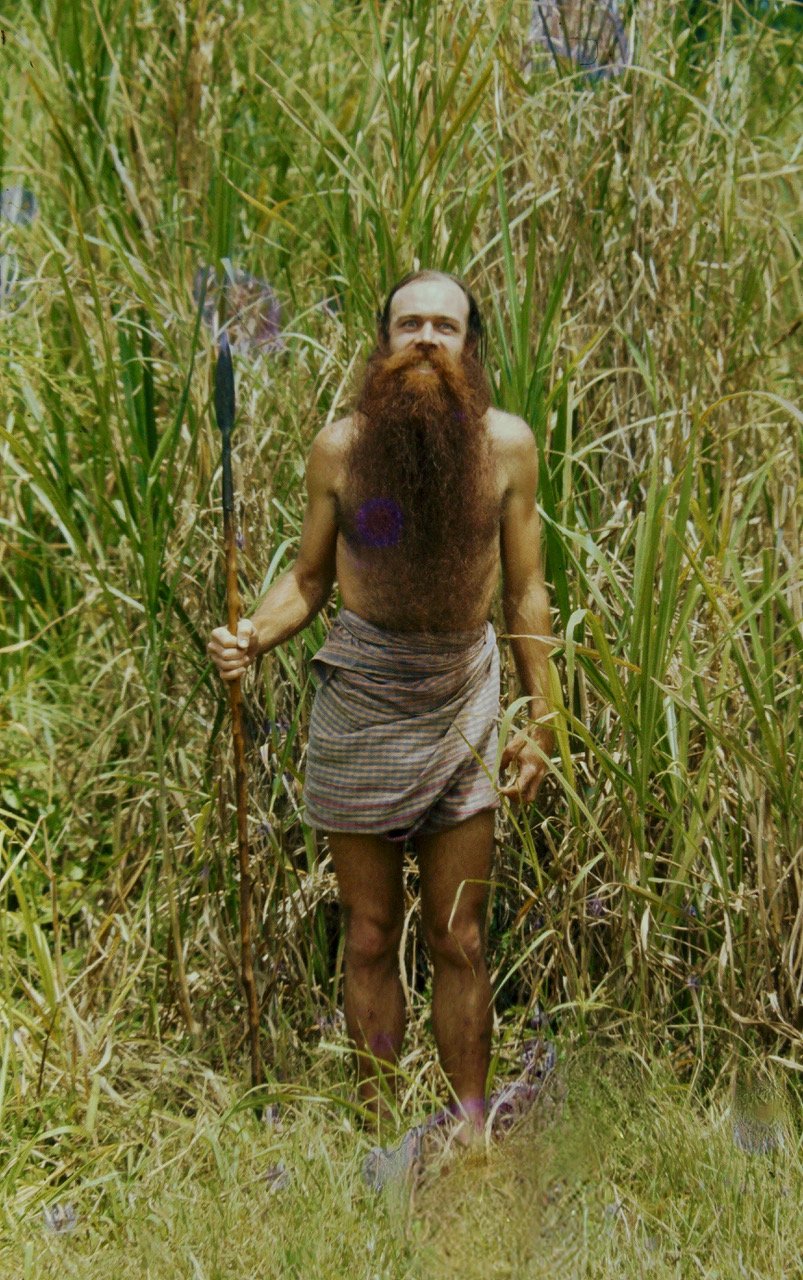Georgita trained as a veterinarian in Mexico before serving in numerous roles as a researcher, conservationist, and advocate for her country’s sea turtles on both the Pacific and Gulf coasts. She did temperature-dependent sex determination research, studied incidental capture of loggerheads in Baja California, and became deeply engaged in halting the massive sea turtle exploitation at the now infamous slaughterhouse in Mazunte (Oaxaca) …
Read MoreAn icon in African sea turtle conservation for decades, George was born in Scotland and immigrated to South Africa with his parents in 1947. He has been an avid angler and all-around outdoorsman since his early years, and he has worked as a lumberjack, wandered the world, and even hitchhiked from Norway to South Africa before launching his wildlife career in the early 1960s as a game ranger in the Drakensberg. He graduated with honors in zoology in 1968 …
Read MoreAn unabashed evangelical iconoclast, Jack is convinced that for the study of natural history to truly be natural it must include Homo sapiens, and it must completely integrate with the actions, behaviors, institutions, and intentions of that powerful, smart, globally dominant—and dangerous—primate. Jack has spent more than half a century trying to understand and mitigate the negative impacts of human activities on sea turtles and their habitats. He is known globally for his decades of work in places as varied as the Seychelles, India, and throughout Latin America, and he is well-known at the annual Sea Turtle Symposium (ISTS), where his thought-provoking keynote addresses have inspired countless young conservationists.
Read MoreA lifelong herpetologist, Jacques Fretey began to focus on marine turtles thanks to encouragement from Dr. Archie Carr and Dr. Peter Pritchard while he was working in French Guiana as a researcher for the Muséum National d’Histoire Naturelle in the late 1970s. While there, he conducted an inventory of chelonians in French Guiana and led studies of leatherbacks for more than two decades, tagging more than 10,000 animals. He later discovered the importance of the beaches of Gabon for leatherback nesting and beaches of Long Island (Antigua and Barbuda) for hawksbill nesting.
Read More



